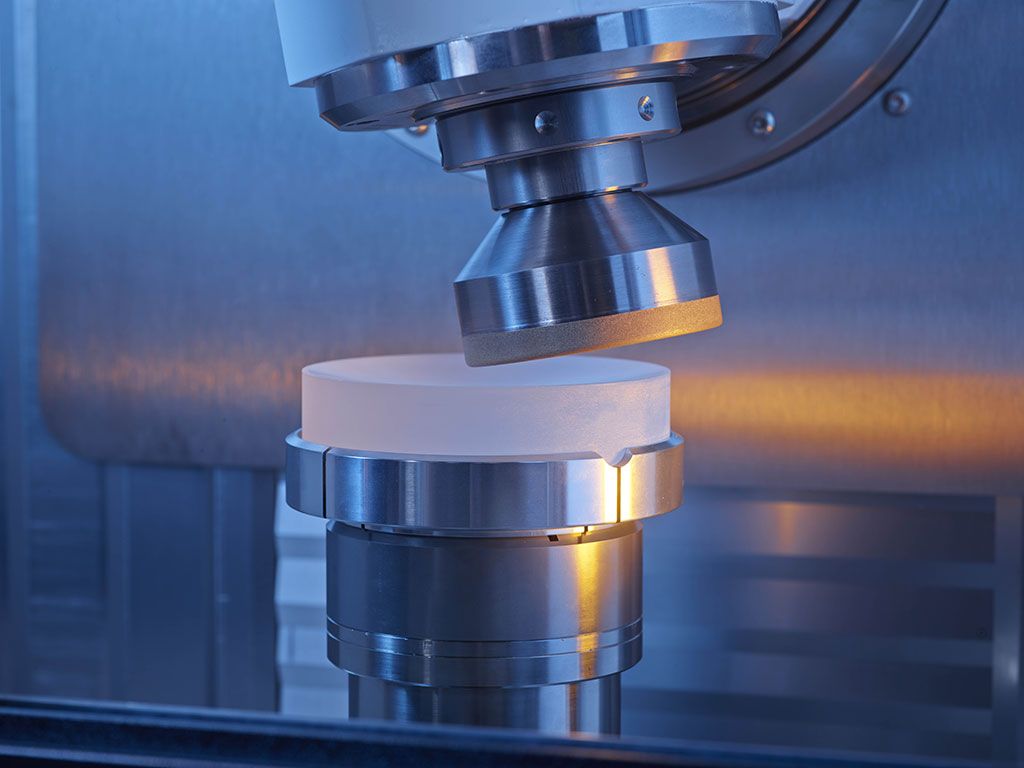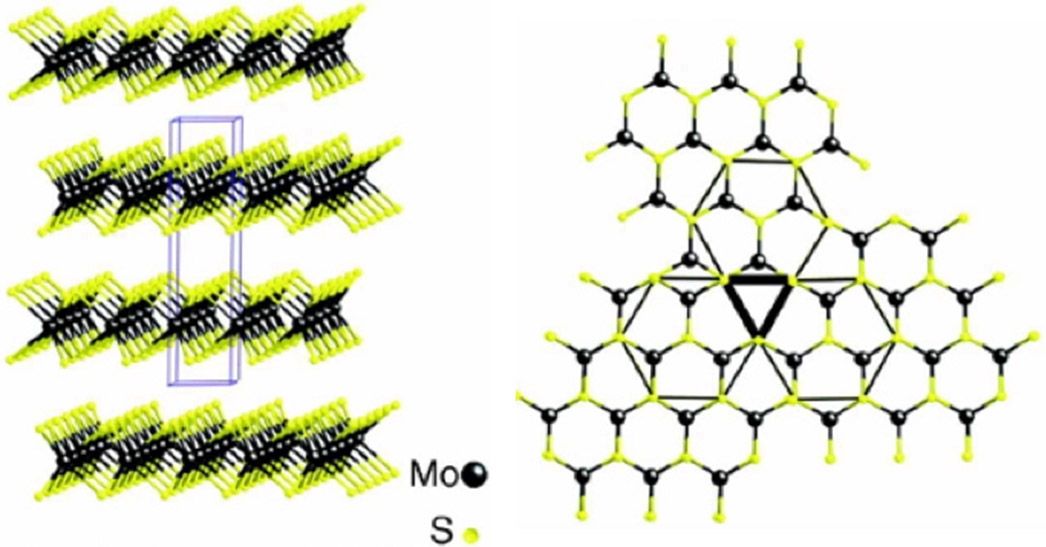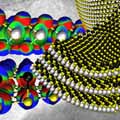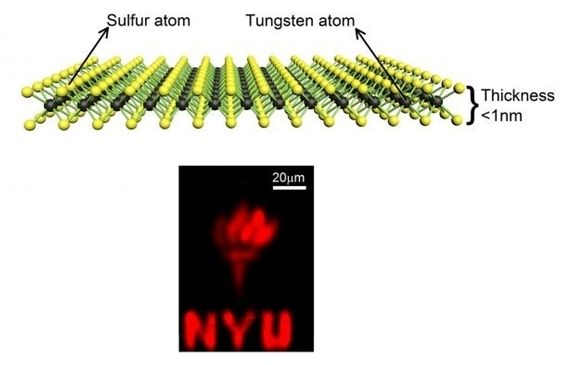MNA– Head of Iran Nanotechnology Initiative Council and Iran’s envoy to Armenia met with Armenian Minister of Transport, Communication and IT in Yerevan.
Seyed Kazem Sadjadi, the Ambassador of the Islamic Republic of Iran to Yerevan and Professor Saeed Sarkar, Secretary-General of the Iran Nanotechnology Initiative Council (INIC) met with Vahan Martirosyan, the Minister of Transport, Communication and Information Technology of the Republic of Armenia on Wednesday in Yerevan.
The Armenian minister in the meeting welcomed the Iranian delegation for initiating cooperation and underlined that cooperation with Iran in areas of transportation and communication was of prime importance to Armenia. He voiced hope for expansion of bilateral cooperation in information technology.









